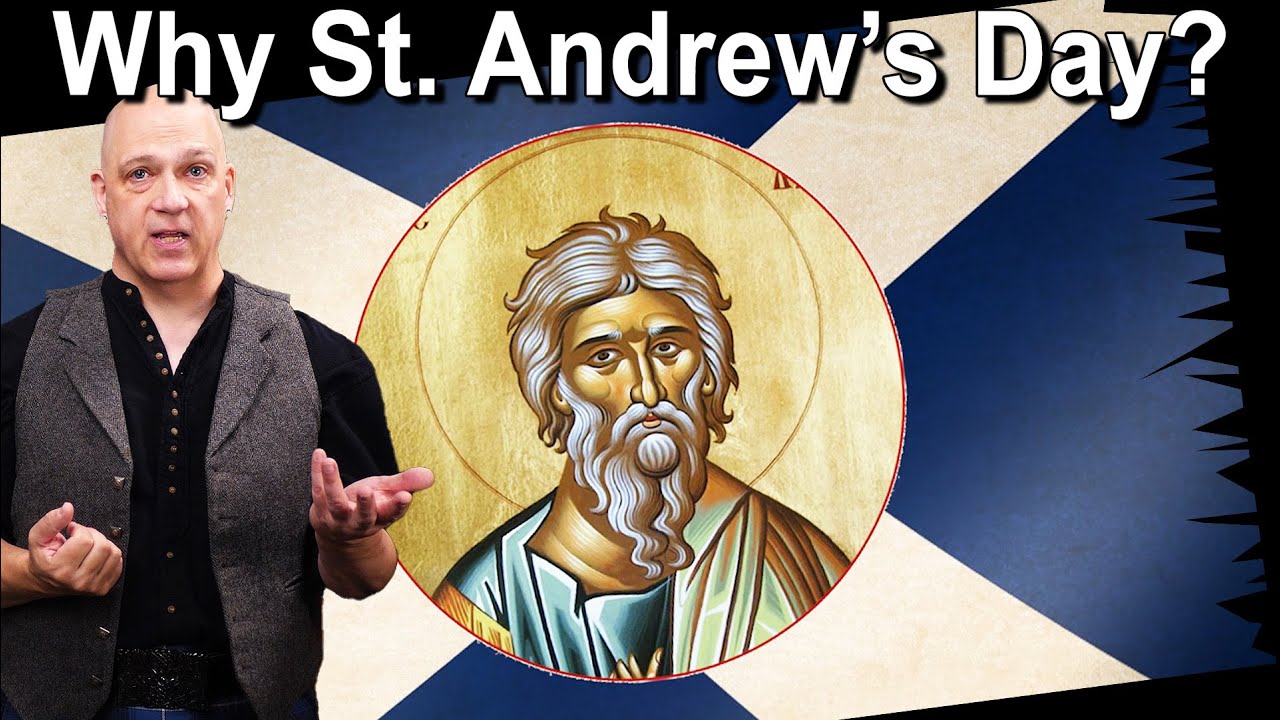St Severus of Antioch's Refutation of Chalcedonian Christology
Summary
TLDRIn this video, the speaker delves into the Christology of St. Severus and his critique of Chalcedonian theology. The video explains the Severian Dilemma, which challenges Chalcedonian views on the nature of Christ, asserting either Nestorianism or a universal incarnation. The discussion covers St. Severus's definitions of nature, hypostasis, and essence, contrasting them with Chalcedonian beliefs. The speaker also addresses logical implications and separations in the Trinity, ultimately arguing that Chalcedonian Christology leads to both Nestorianism and Tritheism. Future videos will further explore these theological debates.
Takeaways
- 📅 St. Severus' Christology and the refutation of Chalcedonian Dyophysitism are the focus of this video.
- 🎄 The speaker extends holiday greetings and hopes everyone had a Merry Christmas and Happy New Year.
- 📚 St. Severus follows the Christological definitions of St. Cyril, emphasizing the unity of divine and human natures in Christ.
- 🔍 Nature in this context refers to hypostasis, a concrete reality with individuating properties.
- ✝️ The union of divine and human natures in Christ avoids both Nestorianism (two persons) and Eutychian Monophysitism (one mixed nature).
- ⚖️ The Severian Dilemma questions whether Christ's natures are particular or universal, challenging the Chalcedonian view.
- 🔬 A numerical distinction of natures leads to separation and division, while a qualitative distinction does not.
- 📖 Quotations from the Cappadocian Fathers support the idea of hypostatic separation and unity in essence within the Trinity.
- 🌀 John of Damascus also acknowledges the separation of natures in Christ while maintaining unity in essence.
- 🧩 Chalcedonian Christology, according to the speaker, leads to both Nestorianism and Tritheism, failing to maintain the proper theological balance.
Q & A
What is the main topic of the video?
-The main topic of the video is the Christology of St. Severus and his refutation of Chalcedonian dyophysitism, specifically focusing on the Severian Dilemma posed to Chalcedonian Christology.
What is the Severian Dilemma?
-The Severian Dilemma questions whether the two natures of Christ, as proposed by Chalcedonian Christology, are particulars or universals. If they are particulars, it implies Nestorianism (two separate hypostases). If they are universals, it implies a universal incarnation involving all of humanity and the entire Trinity.
How does St. Severus define 'nature' in his Christology?
-In St. Severus' Christology, 'nature' is defined as a hypostasis, an individual concrete reality. This follows the definitions used by St. Cyril, where a nature has individuating properties distinguishing it from other concrete realities.
What are the two types of hypostases according to St. Severus?
-According to St. Severus, there are self-subsistent hypostases and non-self-subsistent hypostases. In Christ, the Divine hypostasis is self-subsistent, and the human hypostasis is non-self-subsistent.
How does St. Severus' Christology avoid both Nestorianism and Eutychian Monophysitism?
-St. Severus' Christology avoids Nestorianism by uniting the human and divine natures into one hypostasis, thereby preventing two self-subsistent hypostases. It avoids Eutychian Monophysitism by maintaining a qualitative distinction between the divine and human properties without confusing or mixing them.
What analogy does St. Severus use to explain the distinction between the divine and human properties in Christ?
-St. Severus uses the analogy of an apple that is both red and round to explain the distinction. These are qualities that are conceptually distinct but do not create two separate apples. Similarly, the divine and human properties in Christ are conceptually distinct but do not create two separate beings.
How does St. Severus critique the Chalcedonian position on the two natures of Christ?
-St. Severus critiques the Chalcedonian position by arguing that enumerating two distinct natures (divine and human) leads to their separation and division, which would result in Nestorianism.
What is the response of St. John of Damascus to the concept of separation in the Trinity?
-St. John of Damascus acknowledges that the three divine hypostases are separated and divided in hypostasis but united in essence. This supports St. Severus' logic that enumeration breeds separation and division.
How does St. Severus apply the concept of relative identity to his Christology?
-St. Severus applies the concept of relative identity to Christology by asserting that the distinction between the divine and human natures in Christ is qualitative, not quantitative. This avoids the pitfalls of Nestorianism and Monophysitism by maintaining a single, united hypostasis.
What future topics does the speaker promise to discuss in relation to Chalcedonian theology?
-The speaker promises to discuss the implications of Chalcedonian theology on Trinitarian doctrine, particularly how it might lead to Tritheism, and provide more details on why Chalcedonian Christology is considered heretical in their view.
Outlines

This section is available to paid users only. Please upgrade to access this part.
Upgrade NowMindmap

This section is available to paid users only. Please upgrade to access this part.
Upgrade NowKeywords

This section is available to paid users only. Please upgrade to access this part.
Upgrade NowHighlights

This section is available to paid users only. Please upgrade to access this part.
Upgrade NowTranscripts

This section is available to paid users only. Please upgrade to access this part.
Upgrade NowBrowse More Related Video

Who Were the Ebionites? With Dr. Ali Ataie

What is Christology?

Saint Andrew's Day - Who Was St. Andrew And Why Do Scots Celebrate His Day?

A CRUZ QUE FALA - Série: Símbolos Franciscanos (2/5)

Modue One Part 2 of Philosophical Perspective

Your loyalty to God on Earth determines your rate of growth in Heaven. Catholic Priest explains.
5.0 / 5 (0 votes)